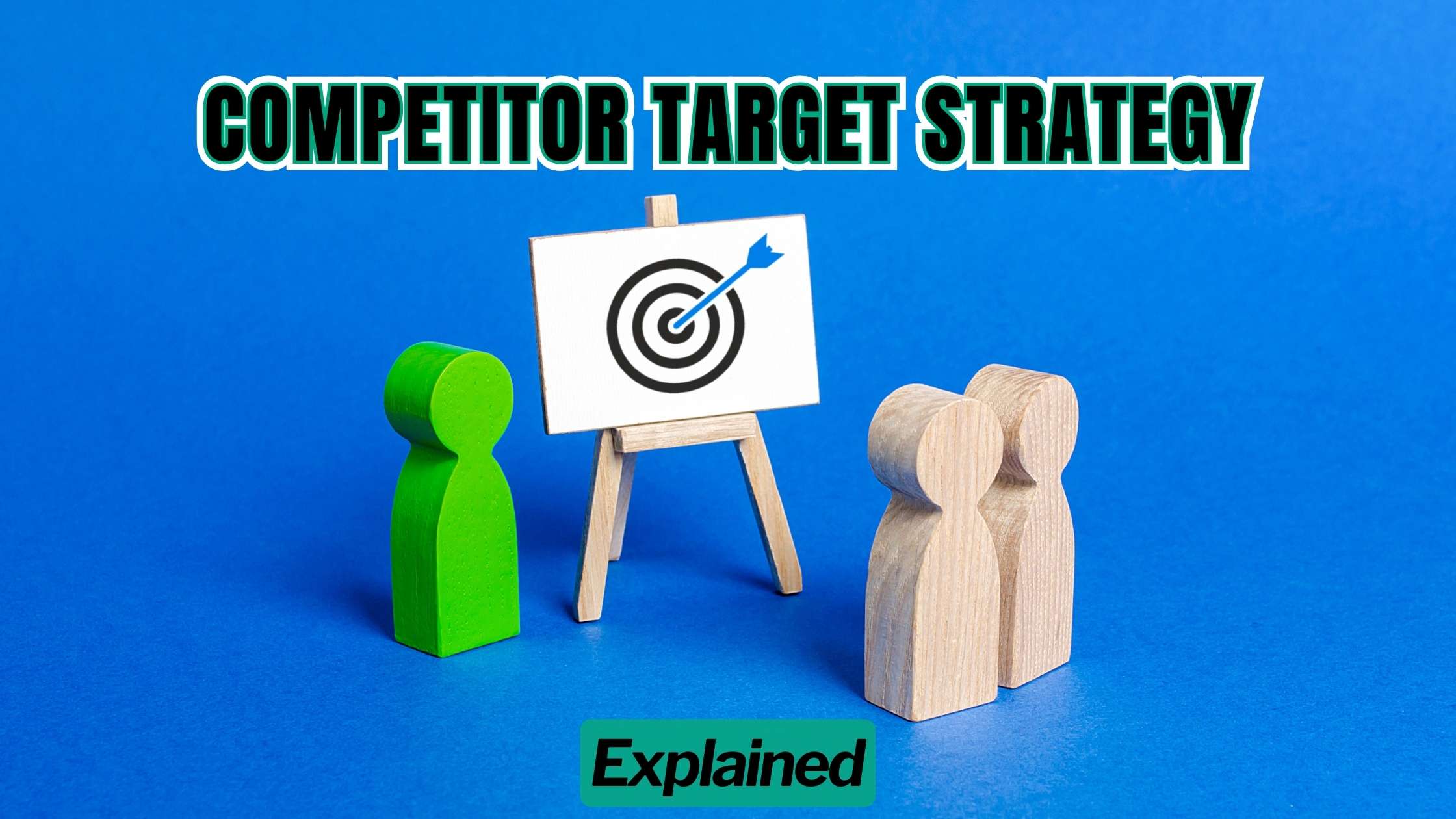Competitor Target Strategy: Explained
- Conversational Marketing Software SEO Software Affiliate Marketing Software Marketing Tools


Competitor Target Strategy: Explained
In the competitive landscape of business, understanding your competitors and their strategies is crucial for developing effective marketing and growth plans. One key aspect of competitor analysis is identifying and dissecting their target strategies. In this article, we’ll delve into the concept of competitor target strategy, explaining what it is, why it matters, and how businesses can leverage this knowledge to their advantage.
Understanding Competitor Target Strategy
Competitor target strategy refers to the specific market segments or customer demographics that competitors focus on with their products or services. It encompasses the identification of target audiences, their needs and preferences, and the strategies competitors employ to attract and retain these customers. By analyzing competitor target strategies, businesses can gain insights into market segmentation, positioning, and competitive differentiation.
1. Market Segmentation Analysis
One aspect of understanding competitor target strategy involves analyzing their approach to market segmentation. Competitors may target specific demographic groups, geographic regions, industries, or psychographic segments based on factors such as age, income, lifestyle, or buying behavior. By studying how competitors segment their target market, businesses can identify potential gaps or underserved segments that they can capitalize on.
Relevant SaaS Products:
- HubSpot CRM: A customer relationship management (CRM) software that helps businesses analyze customer data and segment their target audience based on various criteria.
2. Positioning and Brand Messaging
Another crucial element of competitor target strategy is their positioning and brand messaging. Competitors may position their products or services as offering unique benefits or solutions tailored to the needs of their target audience. By analyzing competitor messaging and brand positioning, businesses can gain insights into how competitors differentiate themselves in the market and appeal to their target customers.
Relevant SaaS Products:
- Brandwatch: A social listening and analytics tool that helps businesses monitor competitor brand mentions, sentiment, and messaging across social media and online platforms.
3. Pricing and Value Proposition
Competitor target strategy also involves pricing and value proposition considerations. Competitors may adopt different pricing strategies to appeal to their target audience, such as premium pricing, value-based pricing, or penetration pricing. Understanding competitor pricing strategies and value propositions can help businesses assess their own pricing strategy and value proposition to remain competitive in the market.
Relevant SaaS Products:
- Price2Spy: A price monitoring and competitive intelligence tool that helps businesses track competitor prices, promotions, and discounts to optimize their pricing strategy.
Conclusion
In conclusion, competitor target strategy plays a significant role in shaping how businesses position themselves in the market and attract customers. By understanding competitor target strategies, businesses can identify opportunities for differentiation, market positioning, and customer acquisition. Leveraging insights from competitor target analysis can inform strategic decision-making and help businesses stay ahead in competitive markets.
As businesses navigate the complexities of competitor target strategy, platforms like Subscribed.FYI offer valuable resources for comparing and managing a wide range of SaaS tools. With its comprehensive insights, user reviews, and exclusive deals, Subscribed.FYI empowers businesses to make informed decisions and optimize their software stack for enhanced productivity and competitiveness.
Relevant Product Links:





